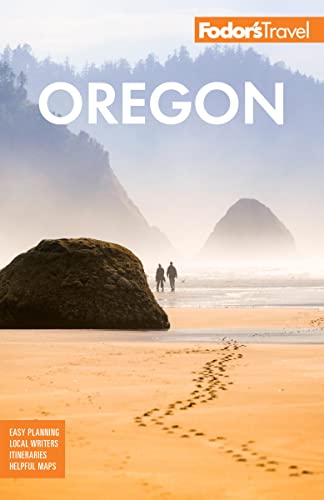Getting Oriented
At its eastern end, Oregon begins in a high, sage-scented desert plateau that covers nearly two-thirds of the state's 96,000 square miles. To the north, the border with Washington follows the Colombia River, then stretches eastward across the Colombia River Plateau to meet the Snake River, itself forming much of the state’s eastern border with Idaho. East-central Oregon is carved out by the forks and tributaries of the John Day River, the country’s third-largest undammed waterway. Its north–south course to the Columbia marks an invisible line extending southward, separating eastern Oregon from central Oregon's high plateaus and Cascade foothills. To the south, the Nevada border is an invisible line slicing through a high, desolate region sometimes known as the Oregon outback—it’s one of the most sparsely settled areas in the lower 48 states.
- East Gorge. Near the majestic Colombia River Gorge, the high plains around Umatilla and Pendleton are the heart of Oregon's ranching and agricultural communities. "Let 'er buck!" is the rallying cry at the hugely popular Pendleton Round-Up rodeo, a phrase that sets the tone for the whole region's rootin', tootin' vibe.
- Northeast Oregon. The superlative Wallowa and Blue Mountains dominate this corner of the state. The peaks that once presented formidable obstacles to Oregon Trail pioneers later lured generations of miners with their mineral bounty. These days, both ranges attract bands of hikers, mountain bikers, and other adventure types. In former frontier towns like Joseph and Baker City, old-school ranchers and cowboys mingle with a swelling population of artisans, foodies, and creative spirits.




